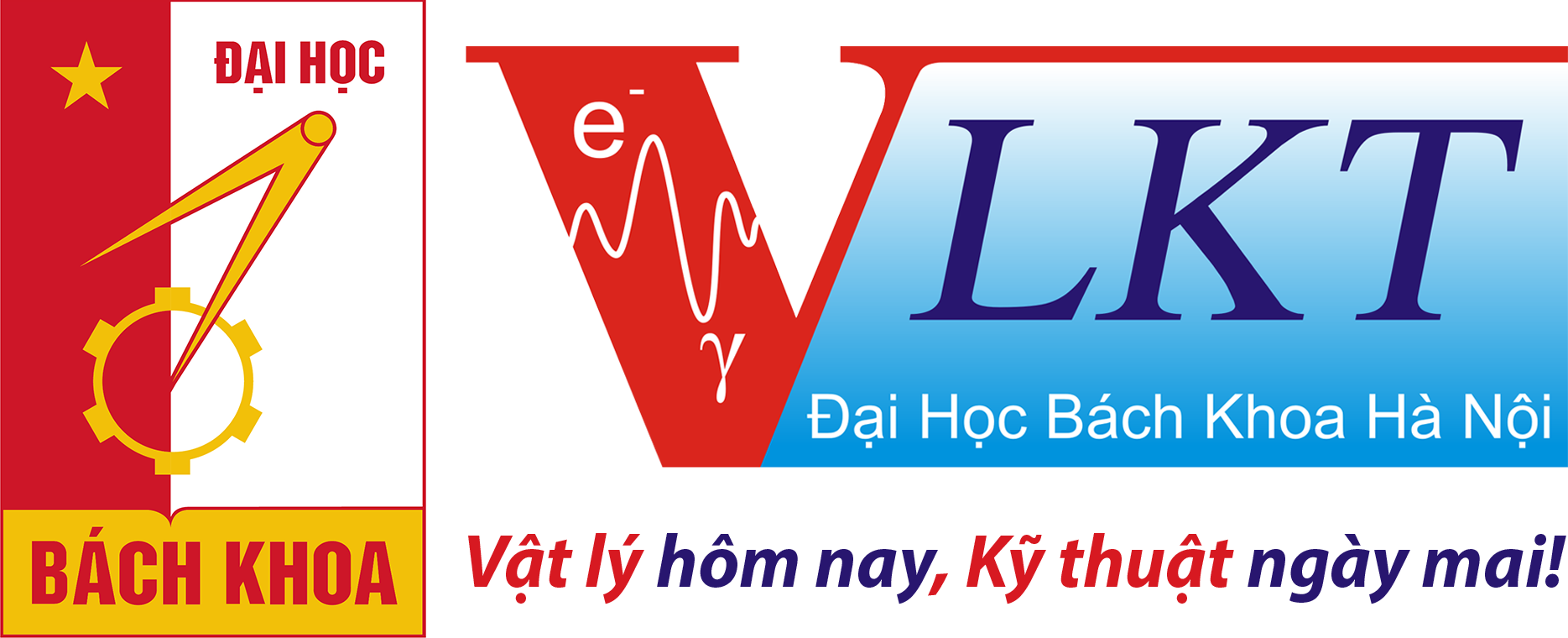
Introduction
- Office Address: Room 110, C9 Bulding, HUST Campus
- Tel.: 024-3868 4930
Department of Optics and Optoelectronics is proud to have the strongest scientific research and teaching staff in SEP. Besides the task of scientific research and technology transfer, the Department is also responsible for specialized training in Optics and Optoelectronics, teaching Physics for HUST’s students, specialized students, training programs, taking part in training Master and PhD. Many topics at all levels have been chaired by Department’s officials, with many scientific publications.
The Department was entered in 2010 on the basis of merging two laboratories:
- Laboratory of Physical Analysis and Measurement: Founded in October 2003 on the basis of Magnetic Resonance & Electronic Radio Spectroscopy laboratory and part of the Department of Electronic Materials
- Laboratory of magnetic and crystalline nanomaterials: In 1998, the magnetic and semiconductor laboratory was formed on the basis of a division of the Division of Structural Analysis (1985) and the Division of Semiconductor Materials and Components (1985).
At the undergraduate level, the broad subject is Engineering Physics with the orientation of Department of Optics and Optoelectronics in Bachelor, Engineering systems. For postgraduate training, the Department is responsible for the Master of Engineering programs “Department of Optics and Optoelectronics “, the Master of Science “Engineering Physics” program, the PhD program “Material Sciences”,…
In addition to teaching undergraduate and postgraduate students in SEP at HUST, the Department’s staff are also in charge of teaching the components of the Talented Engineer Program, advanced process specialized in Electronic Materials and Nanotechnology; participating in teaching high quality engineering programs, ITP international cooperation programs, Vietnam – Japan cooperation programs and masters of some majors in HUST; participate in teaching General Physics for undergraduate, college and in-service students.
Research directions
Optics and optoelectronics
- Research on manufacturing light-emitting diodes (LED), applications in industry and life;
- Luminescent materials in fluorescent lamps, compac lamps, LED applications in life;
- Solar cells: manufacturing research and application;
- Transparent conductive thin films (ZnO, ITO …) applied as electrodes for solar cells;
- High-performance lighting techniques;
- Measure and check the parameters of the light source …
- Electrical system and electrical system design for lighting.
Amorphous magnetic materials field
- Technology cools quickly, cooling speed 1 million K / s. Band width 40-50 mm.
- Materials from amorphous and crystalline nanoparticles: fabrication technology, microstructure, magnetic interaction, properties and applications. Materials that have been researched include:
- Amorphous soft magnetic materials
- Finemet super soft magnetic material
- Materials from hard nano composite
- Materials of resistive GMR (Cu, Ag) -3d
- GMI impedance materials
- Durable mechanical and chemical materials
- Measurement of magnetic characteristics of static, dynamic mode soft magnetic materials (frequency up to 50 kHz), GMI impedance measurement in the 0-400 Oe magnetic field.
- Design of high frequency magnetic core with amorphous materials and nano crystals. Manufacturing magnetic sensors, magnetic measuring devices, high-frequency electronic devices such as frequency welding machines, ozone machines, and “open-close” power supplies on the basis of using amorphous materials.




 Tiếng Việt
Tiếng Việt